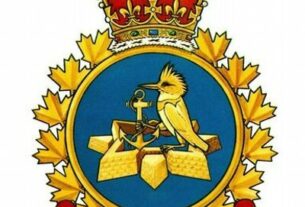**** Info via the Bedford Volunteer Firefighters Association
Chimney fires can occur at anytime if your chimney hasn’t been properly cleaned and checked for external and internal damage prior to winter use. But do you know what to look for?
Here’s some tips:
Fast-burning chimney fires are extremely obvious, as fire rapidly consumes flammable residue on the inside of the chimney flue. You may detect:
A loud, crackling or popping noise from the chimney flue (imagine the sound of a large bonfire)
A lot of dense, thick smoke coming into the fireplace or out of the top of the chimney
Flames or things that are on fire (pieces of flaming creosote) coming from the top of the chimney
A strong, intensely hot smell
A roaring sound, often described as being like a freight train or airplane
Wood stoves and other appliances that have pipe chimneys can experience chimney fires, too. If you can see heavy smoke, light, or flames coming out of the cracks between the sections of chimney pipe, call 911!
Slow-burning chimney fires happen when the flammable substances on the sides of the chimney flue become hot enough to catch fire but don’t have enough oxygen or fuel to be visible or audible from outside. Slow-burning fires can be just as destructive as fast burning because they get just as hot, and can damage the sides of the chimney badly enough to escape into the house.
These signs may indicate that your chimney has experienced a slow-burning chimney fire:
Fluffy, gray, “ashy”, or “honeycombed” creosote (normally, creosote is a flat, black, often shiny substance)
Warped or discolored (“annealed”) metal components — this indicates the metal structures have been damaged by intense heat
Cracked or damaged flue tiles, or chunks missing from flue tiles (this can also be caused by water damage)
Heat-damaged roof structures (such as television antennas, shingles, or vents) near the chimney
Creosote chunks or pieces found outside the chimney, on the roof or ground, or in the fireplace (intense heat can drive these from the chimney)
Cracks in the exterior masonry of the chimney (caused by intense heat from inside)
Evidence of smoke escaping through the sides of the chimney (indicates cracks inside the chimney flue, possibly caused by heat)
If you see or hear any of these things, get out of your house immediately and call 911!




